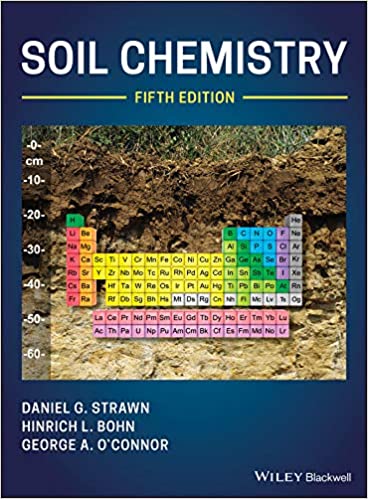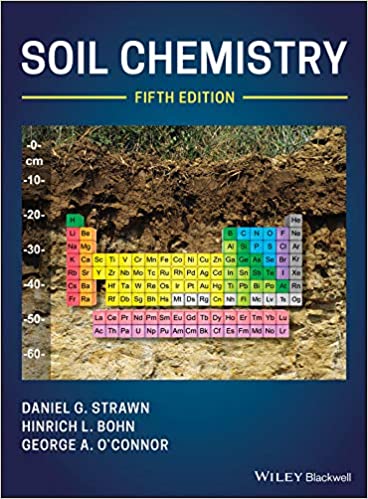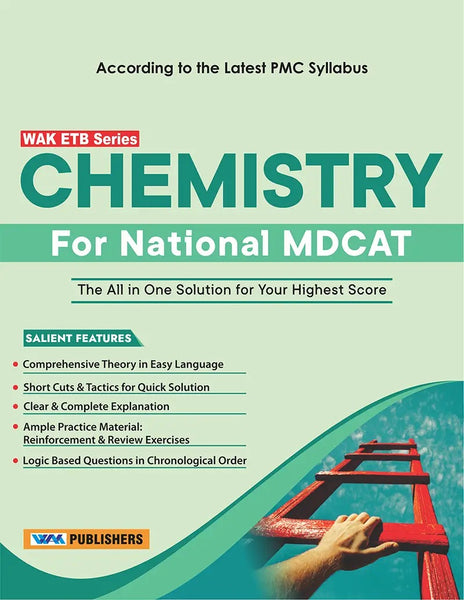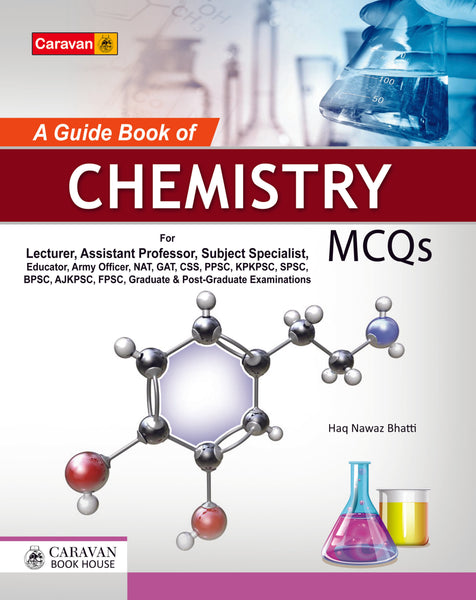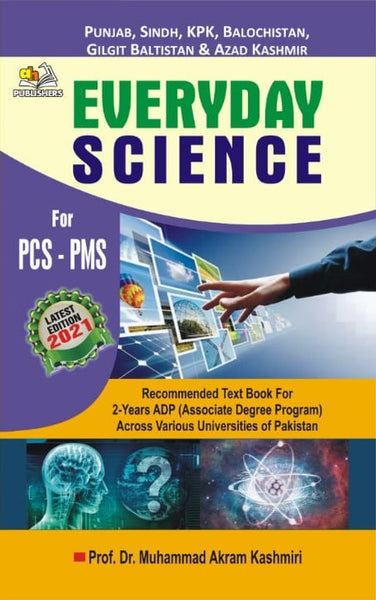Soil Chemistry 5th Edition by Daniel G Strawn (Autor)
- Publisher: CHEMISTRY
- Availability: In Stock
- SKU: 39388
- Number of Pages: 356
Rs.780.00
Rs.1,090.00
Tags: anion exchange , best books , Best Price , best prices , best shop , BNB , bookshop , bookshop online , bookshopPakistan , buy online books , cation exchange capacity , chemical bonding in soil , chemical interactions in soil , chemical properties of soil , Daniel G. Strawn , George A. O'Connor , good books , good booksonline , heavy metals in soil , Hinrich L. Bohn , nutrient availability , nutrient cycling in soil , online books store , Online Bookshop , Online Bookshop Pakistan , online shopping , Online Shopping Pakistan , OnlineShoppingPakistan , PakistanBookshop , PakistanOnlineShopping , plant nutrient uptake , price cut , price-friendly Comprehensive , ReasonablePrice , reduced price , Shopping , ShopSmartPakistan , soil acidification , soil amendment , soil base saturation , Soil Chemistry , Soil Chemistry 5th Edition , Soil Chemistry 5th Edition by Daniel G Strawn , soil chemistry principles , soil composition , soil contaminants , soil erosion , soil fertility , soil ions , soil microorganisms , soil organic carbon , soil organic matter , soil pH , soil pollution , soil properties , soil reaction , soil remediation , soil salinity , soil structure , soil testing
Soil Chemistry 5th Edition by Daniel G. Strawn, Hinrich L. Bohn, and George A. O'Connor provides an in-depth understanding of the chemical properties and processes of soils, offering a comprehensive exploration of how soil chemistry impacts agricultural and environmental systems. This edition presents the latest advances in the field, focusing on the chemical reactions in soils, the interactions between soil components, and how these processes affect soil fertility, plant growth, and the environment. The book is structured to help readers understand complex soil chemistry concepts, from basic theories to advanced applications, with a strong emphasis on both practical and experimental techniques. It is an essential resource for students and professionals in soil science, agriculture, environmental science, and related fields.
Key Points:
-
Soil-Plant Nutrient Relationships: The book emphasizes the chemical interactions between soil and plant nutrients, highlighting how soil chemistry influences nutrient availability and uptake in plants.
-
Soil Acidity and Alkalinity: Detailed discussions on the effects of soil pH, acidity, and alkalinity on nutrient solubility, microbial activity, and soil structure are presented, aiding in understanding soil management.
-
Cation Exchange Capacity (CEC): The book explores the concept of CEC, the ability of soil to retain cations, and its role in determining soil fertility and nutrient retention capacity.
-
Anion Chemistry: Anion behavior in soils, including their mobility and retention, is examined, especially in the context of nutrient availability and environmental impact.
-
Soil Organic Matter: The role of organic matter in soil chemistry is thoroughly explored, particularly its effects on soil structure, water retention, nutrient cycling, and microbial activity.
-
Soil Mineralogy and Clay Chemistry: The text covers the importance of soil minerals, clay minerals, and their surface properties, which influence soil structure, fertility, and chemical reactions.
-
Soil Contaminants and Pollution: The book discusses the chemical processes involved in soil contamination, focusing on the movement and remediation of pollutants, including heavy metals and pesticides.
-
Soil Fertility Management: The text provides insights into soil fertility management practices, including the use of fertilizers and soil amendments, to optimize crop production while minimizing environmental impact.
-
Environmental Implications of Soil Chemistry: Environmental concerns such as acid rain, nutrient leaching, and greenhouse gas emissions from soils are addressed, offering strategies for sustainable land use.
-
Practical and Experimental Techniques: The book provides practical laboratory and field techniques used in soil chemistry analysis, including methods for measuring pH, CEC, nutrient concentrations, and soil organic matter content.
Conclusion:
Soil Chemistry 5th Edition offers an essential resource for understanding the complex chemical interactions in soils and their impact on agriculture, environmental science, and land management. With its updated content, practical approach, and thorough exploration of both fundamental and advanced topics, this book is an indispensable guide for students and professionals in soil science, ecology, agriculture, and environmental sciences. Its clear explanations, along with problem-solving techniques and real-world applications, make it an invaluable tool for those seeking to understand and manage soil chemical processes.
════ ⋆★⋆ ═══
Writer ✤
Daniel G. Strawn (Autor), Hinrich L. Bohn (Autor), George A. O'Connor (Autor)

